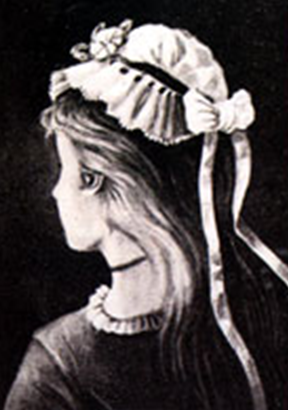String Theory
Since the 1960s, physicists are developing the idea that our world might be composed from string-like rather than point-like objects.
This may sound a bit crazy but it has one big advantage over the usual point particle models: Strings can incorporate gravitational physics in a way that remains valid down to the smallest scales that are ruled by the laws of quantum physics.
Strings are tiny 1-dimensional objects that can move and vibrate in spaces that are curved according to the laws of general relativity. These spaces may look a bit like the one shown in Escher’s drawing. It shows a disc-like geometry with varying stretch factor. The latter makes objects look large in the centre and the shrink to zero size near the boundary.
Computing resonance frequencies of quantum strings
Strings theorists want to know the resonance frequencies of strings moving in such geometries. Since resonance frequencies depend on the stretching of a string, this may look like a very complicated problem. In addition, strings are tiny quantum mechanical objects. Here we now start to see the relation with integrable systems. In fact, the computation of resonance frequencies of quantum strings is precisely what integrable systems are good for. And indeed many of the scientists that are now involved in GATIS along with their colleagues around the world have further developed these techniques over the last years until it was possible to apply them to the computation of resonance frequencies for strings in a 4-dimensional analogue of Escher’s image.
Thought experiments with black holes / Living in a holographic world?
This is clearly very impressive progress. But why did strings theorists put so much effort into this task? After all our world seems to look much more like a 3-dimensional one that is filled with particles than like a 4-dimensional world which is populated by vibrating strings. But in fact this is much less obvious than one might think at first. In the second half of the 1990ies, string theorists used Gedankenexperiments with black holes in string theory to conclude that the 3-dimensional particle and the 4-dimensional stringy descriptions may be both valid descriptions of the same physical reality. This is a bit like a hologram, in which a 3-dimensional system of macroscopic objects gets encoded through a diffraction pattern in a 2-dimensional film.
In the same way we might play with the idea that our world could be 4-dimensional and we have just been staring at a 3-dimensional hologram all the time. Through detailed investigations of special examples, physicists have convinced themselves that both could be valid and useful descriptions of our world. Which one to use is a matter on how we want to look at things, like in the image of the woman shown. What is more important is that some problems are more easily solved in one description that the other.
This applies in particular to the problems of gauge theory we have outlined above. Indeed, by applying techniques from integrable systems, string theories were able to compute very elegantly some of the quantities in gauge theory that previously seemed practically incomputable.
GATIS scientists think further
The main goal of the GATIS network is to further develop such ideas, i.e. to apply string theory techniques to the computation of gauge theory quantities. Given the impressive initial successes, it seems likely that this may lead us to an entirely novel way of thinking about the quantum world.



